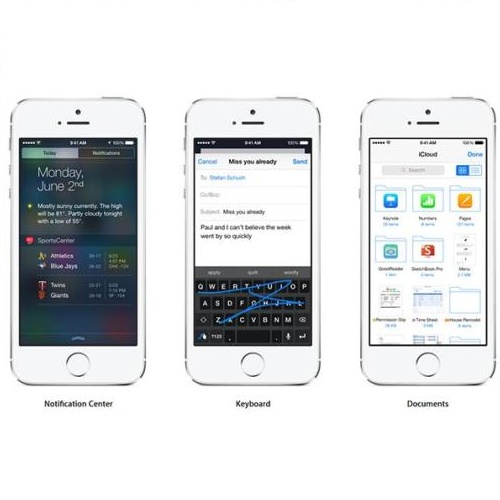The deployment of 3D detectors strikes one of the major challenges in real-world self-driving scenarios. Existing BEV-based (i.e., Bird Eye View) detectors favor sparse convolution (known as SPConv) to speed up training and inference, which puts a hard barrier for deployment especially for on-device applications. In this paper, we tackle the problem of efficient 3D object detection from LiDAR point clouds with deployment in mind. To reduce computational burden, we propose a pillar-based 3D detector with high performance from an industry perspective, termed FastPillars. Compared with previous methods, we introduce a more effective Max-and-Attention pillar encoding (MAPE) module, and redesigning a powerful and lightweight backbone CRVNet imbued with Cross Stage Partial network (CSP) in a reparameterization style, forming a compact feature representation framework. Extensive experiments demonstrate that our FastPillars surpasses the state-of-the-art 3D detectors regarding both on-device speed and performance. Specifically, FastPillars can be effectively deployed through TensorRT, obtaining real-time performance (24FPS) on a single RTX3070Ti GPU with 64.6 mAP on the nuScenes test set. Our code will be released.
翻译:3D探测器的部署在现实世界的自我驱动情景中遇到一个重大挑战。现有的 BEV(即鸟眼视图)探测器有利于稀释变异变(SPConv)加速培训和推断(SPConv),这为部署,特别是设计应用程序设置了硬性障碍。在本文中,我们从LIDAR点云中以部署的方式处理高效的3D天体探测问题。为了减少计算负担,我们提议从行业角度,用高性能的3D柱探测器,称为快速Pillars。与以前的方法相比,我们引入了一个更有效的最大和注意界碑编码模块,并重新设计了与跨阶段部分网络(CSP)相渗透的强大和轻量的骨干CRVNet,以重新校准的方式,形成了一个集成特征代表框架。广泛的实验表明,我们的快速Pillers超过了关于安装速度和性能的3D探测器。具体地说,快速Pillas可以通过TensorRTTERTERV(MA)有效部署,将获得实时的GRTS-64-S-S-S-S-S-S-S-S-S-S-S-S-S-S-S-S-S-S-S-S-S-S-S-S-S-S-S-S-S-S-S-S-S-S-S-S-S-S-S-S-S-S-S-S-S-S-S-S-S-S-S-S-S-S-S-S-S-S-S-S-S-S-S-S-S-S-S-S-S-S-S-S-S-S-S-S-S-S-S-S-S-S-S-S-S-S-S-S-S-S-S-S-S-S-S-S-S-S-S-S-S-S-S-S-S-S-S-S-S-S-S-S-S-S-S-S-S-S-S-S-S-S-S-S-S-S-S-S-S-S-S-S-S-S-S-S-S-S-S-S



